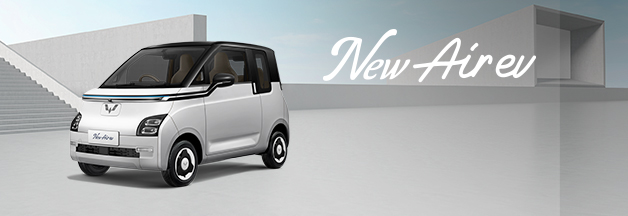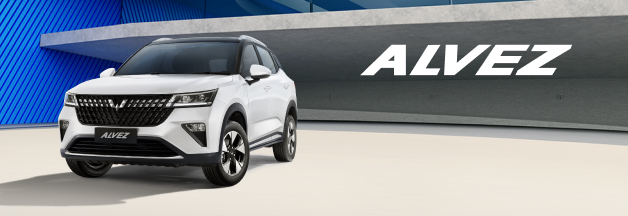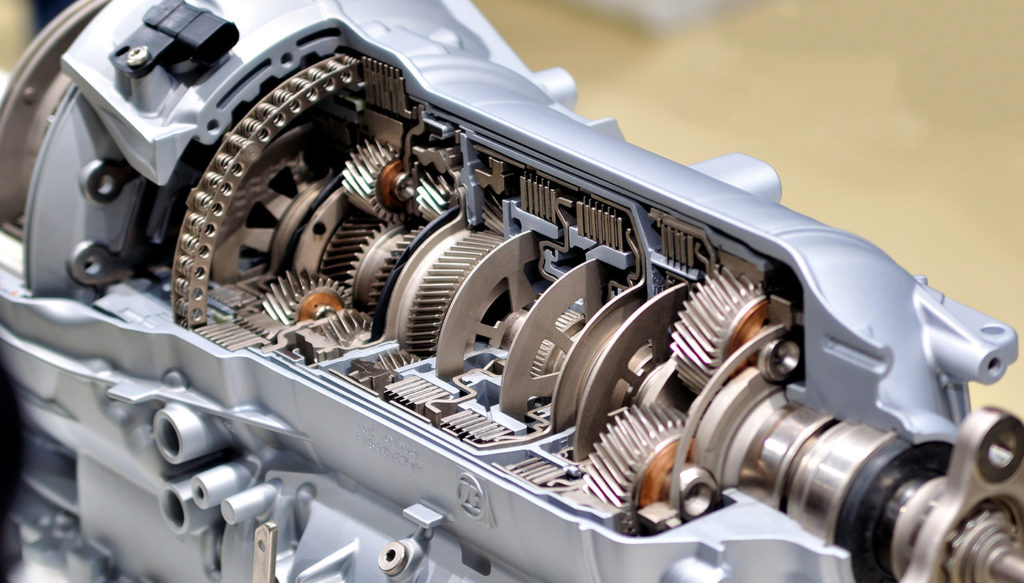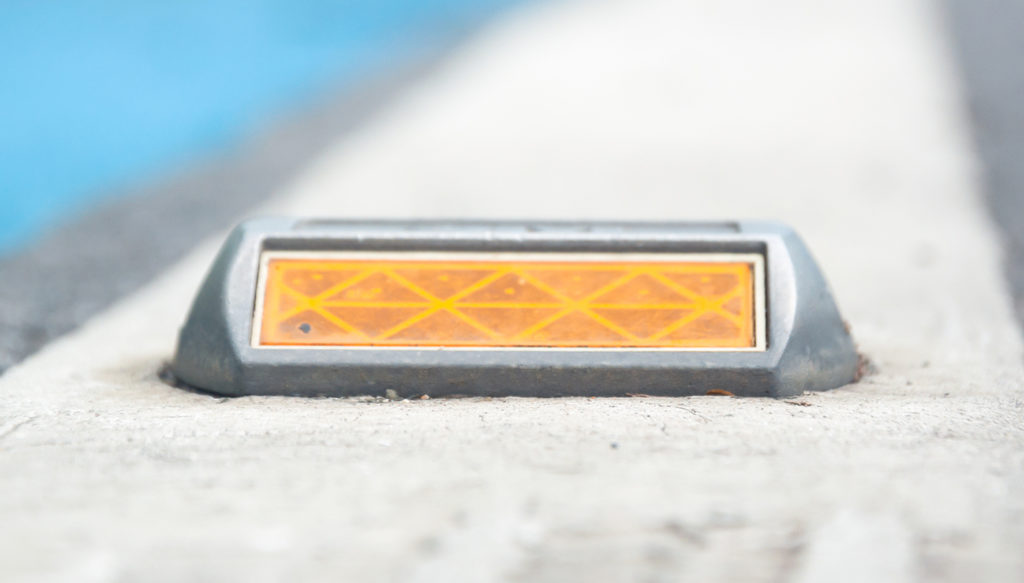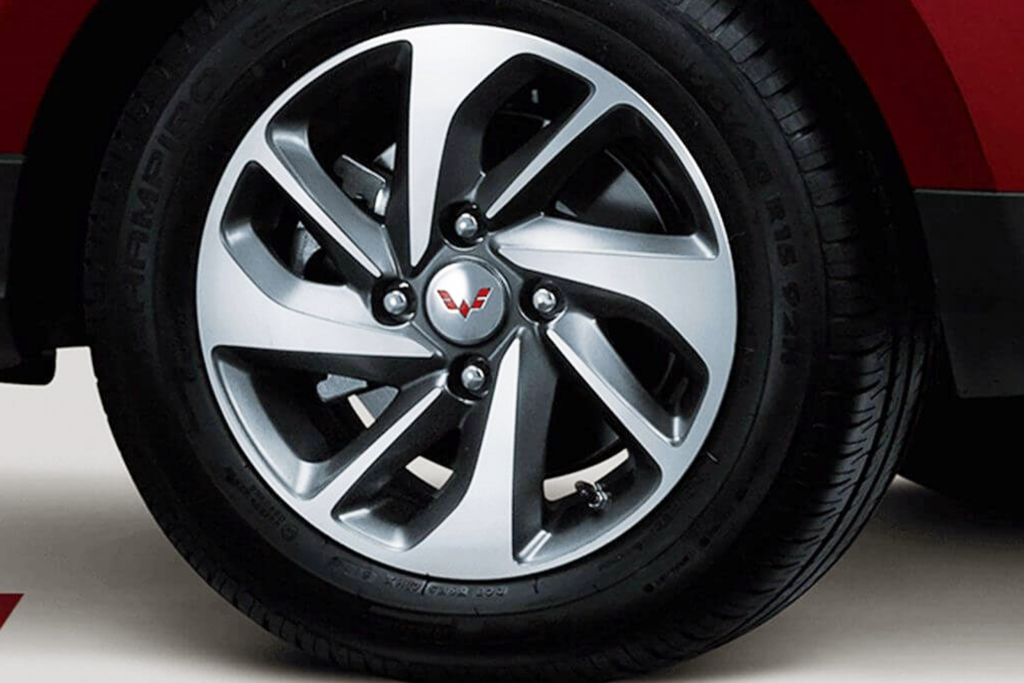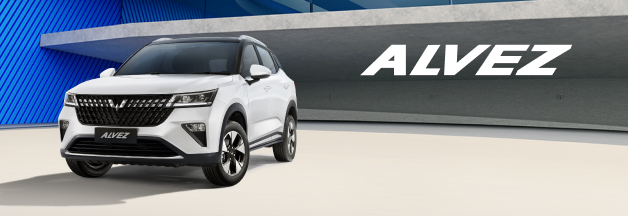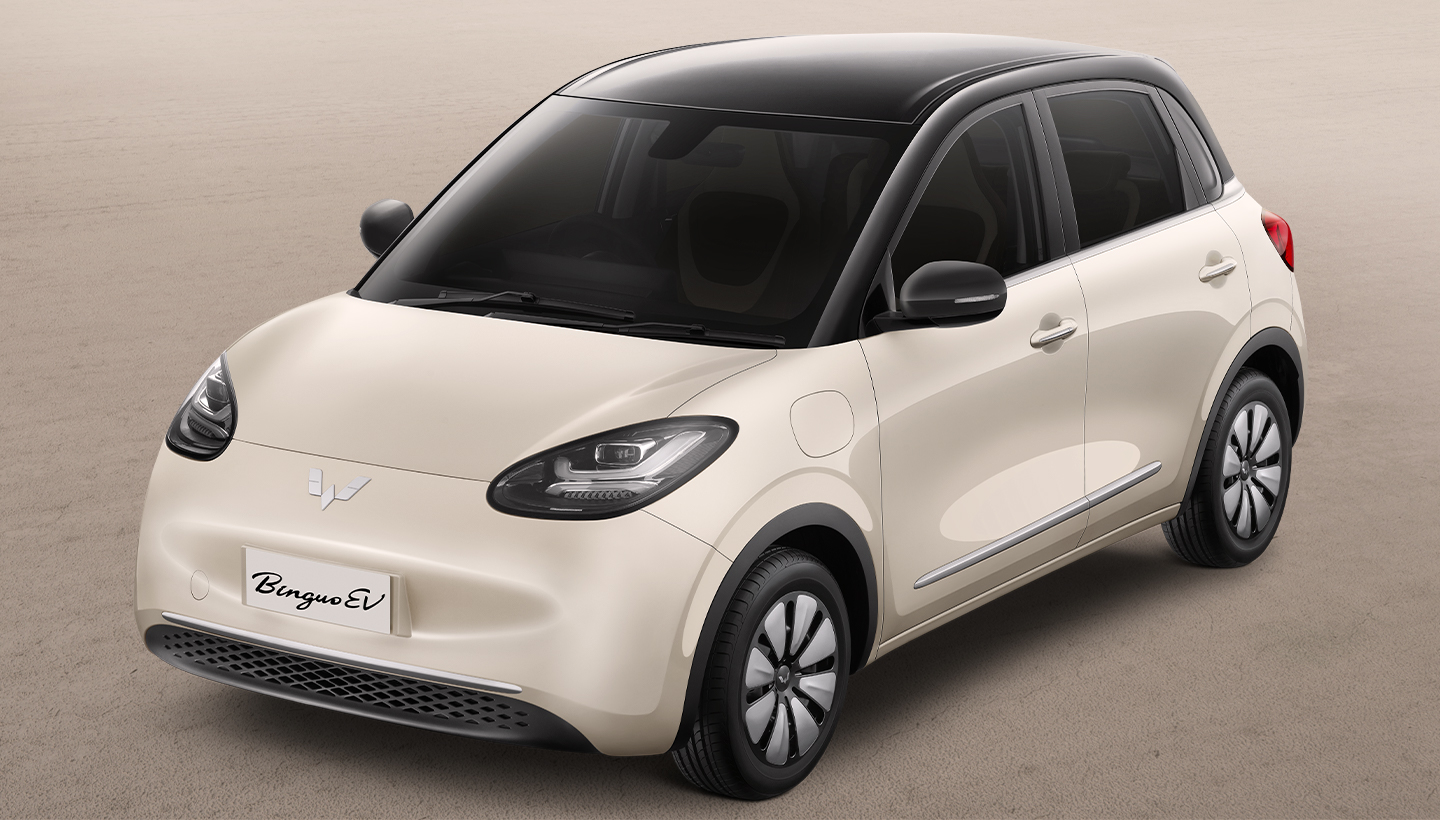
As an integral part of a vehicle, it cannot be denied that the car body has a very vital role. More than just protection from hot weather, wind, and rain, the strength of the materials that make up the car body is also a crucial aspect in ensuring the safety of drivers and passengers.
However, the car body does not only have a functional function. The body is also the main determinant in creating the overall appearance of a four-wheeled vehicle. Therefore, in understanding the importance of car bodies, you need to know the various types of materials that are generally used by car manufacturers.
So, what are the car body materials that are often used? Check out the types along with their functions and advantages.
Car Body Functions
The car body is the outer structure of the vehicle that protects passengers and luggage from weather, impact, and damage. Each car body design also has a role in maintaining passenger safety while driving.
The role of the car body is not only limited to the safety aspect but also includes protection for the driver in the event of an accident. Therefore, car manufacturers pay great attention to selecting appropriate materials to achieve these goals. Apart from safety, there are several other factors that motivate manufacturers to choose certain materials when making their car bodies.
Manufacturers' decisions in choosing materials for making car bodies are not only influenced by safety considerations but also efficiency in the car production process. Factors such as production costs are the main consideration, so that they can produce car bodies that meet safety standards and remain affordable for the wider community.
Baca Juga
As the main visual element and "face" of the vehicle, the car body has an important role in designing the appearance of the vehicle. Interestingly, some car owners add a personal touch to the car body by using accessories called body kits.
The trend of using body kits is not just as a complement but as a device to improve the overall aesthetics of the car. With a variety of designs and styles available, body kits become like a 'canvas' for expression on a vehicle.
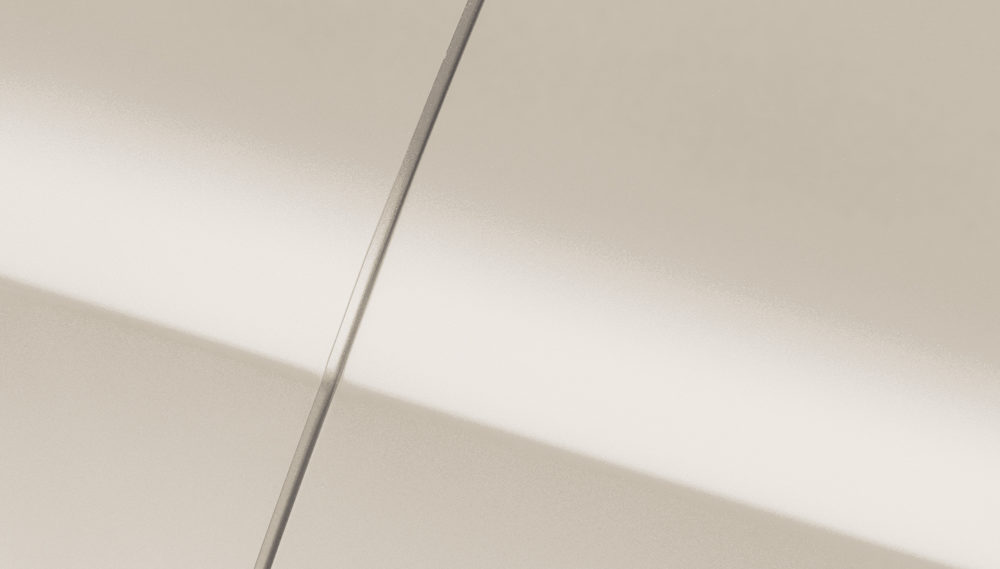
Types of Car Body Materials
There are four main materials that are often used in making car bodies. Check out what makes each of these materials unique, along with their advantages and disadvantages.
1. Steel
Steel has been a top choice in the automotive industry for many years. This material is famous for its extraordinary strength. One of today's cars with an armored body is the Wuling BinguoEV. This electric car from Wuling innovates progressively by adopting 1500 MPa ultra-high-strength steel. The use of ultra-high-strength steel on the BinguoEV not only enhances the aesthetic beauty but also raises the safety and durability standards of the car body to a new level.
With this innovation, BinguoEV underwent rigorous and impressive crash tests with proven overall safety in a variety of crash conditions, such as frontal crashes, side crashes, rear crashes, spin crashes, or rollovers.
Baca Juga
It's not just a matter of style; choosing a car with strong materials also means prioritizing safety during the trip. The use of ultra-high-strength steel is not just a material choice but a step forward towards a higher level of safety while driving.
2. Aluminium
Aluminum is known for its lightness and rust resistance. The advantages of aluminum are its lighter weight and resistance to rust, making it durable in various weather conditions. However, the drawback is that aluminum production costs are higher compared to steel, so cars with aluminum bodies tend to be more expensive.
3. Carbon Fiber
Carbon fiber is a premium material often found in high-end sports cars. This material offers an almost unrivaled combination of strength and light weight.
The advantage of carbon fiber car body material is that it has extraordinary strength and provides optimal performance, especially in high-end sports cars. Not only is carbon fiber strong, it is also light, so it can create vehicles with an aerodynamic body shape that allows for low drag force and coefficient of drag (Cd) to improve performance.
However, the high price of carbon fiber material makes it less affordable for lower- and middle-class cars. So it is not surprising that this material is often used in sports cars that have high selling prices.
4. Plastic
About 50% of new cars rely on bodies made of plastic. The use of this material is not only limited to the exterior but is also commonly found inside cars, such as on dashboards and door handles.
Plastic is known as a lightweight material, which provides advantages in terms of vehicle maneuverability. In addition, the plastic production process tends to be faster and more efficient. One of the positive aspects of using plastic is its ability to be recycled. This supports environmentally friendly efforts and reduces plastic waste.
However, plastic tends to be susceptible to damage due to exposure to UV rays from the sun. This can result in discoloration, cloudiness, or even cracking on the vehicle's exterior plastic surface. Plastics can also experience physical changes due to temperature fluctuations. At extreme temperatures, plastic can become more brittle or more pliable, affecting its durability and strength.
Even though it has advantages, choosing plastic as the main material for a car body still requires careful consideration, especially in terms of resistance to environmental conditions and vehicle performance demands.
Looking at the various types of car materials above, if you want to buy a car, it is also important for you to understand the type of car body material used. Moreover, because the car is used for the long term, durability is also something to consider.
SHARE:







